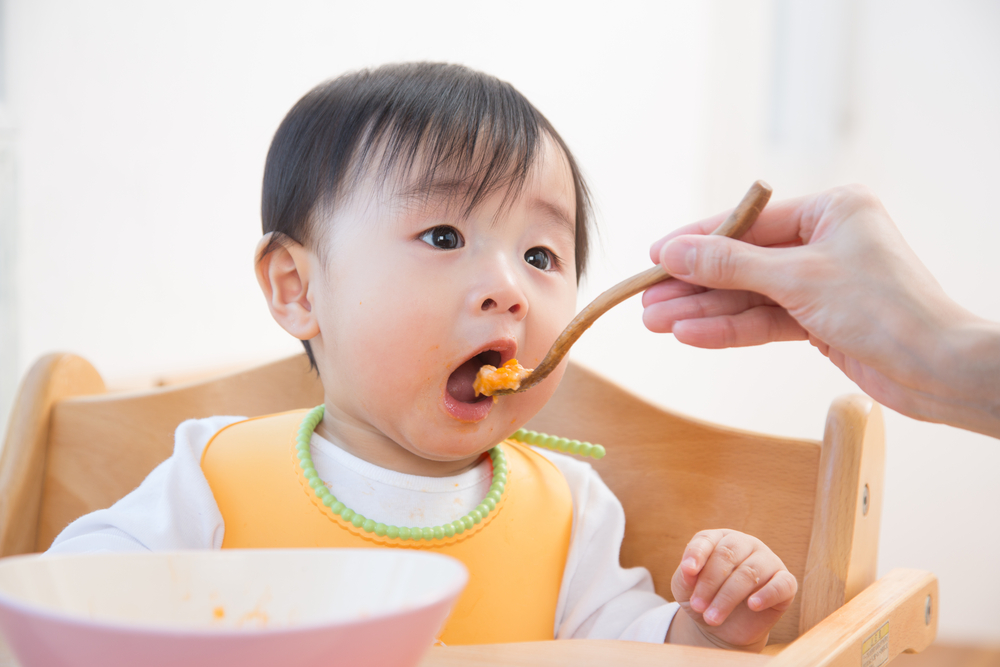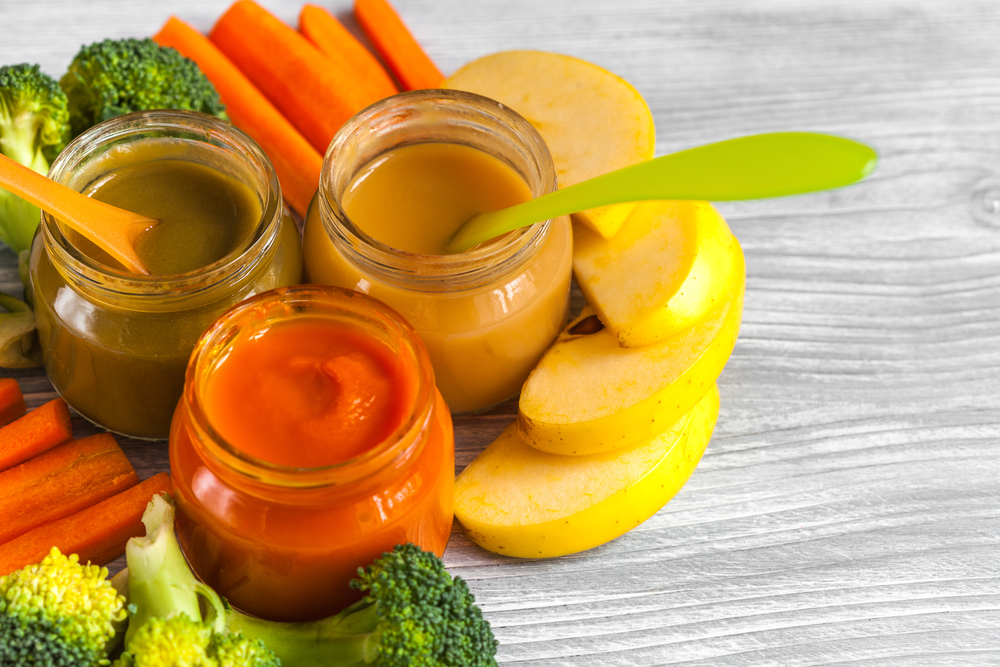The importance of taste in baby nutrition
Feeding during the first years of life is a window of opportunity to introduce taste and texture that sets the foundation for healthy eating habits later in life. The first six months are an important period for the introduction of new tastes. It is now recommended that complementary feeding should start with vegetables instead of fruits. Vegetables are often bitter and acceptance of this taste has to be learnt.1Paroche MM, et al. Front Psychol. Published on 2017;8:1046.

The importance of texture in baby nutrition
Texture is one of the main reasons for rejecting a food, both in adults and in children. Children need to learn ways of managing texture since healthy foods have more complex textures. This should be done as soon as children are developmentally ready, which makes the first year of life a critical period.2Harris G and Mason S, Curr Nutr Rep. Published on 2017;6:190–96. If this opportunity is missed, proper texture handling may never be achieved.
When developmentally ready, children should be given solids to chew. Developing chewing begins with a mixture of sucking, biting, and up/down ‘munching’ movements, followed by lateral movements of the tongue, from centre to side.3Wilson EM and Green JR, Early Hum Dev. Published on 2009;85:303–11.
Movement patterns such as lateral tongue movements are texture dependent and therefore do not emerge unless the child is given particular textures requiring these skills.4Reilly S, et al. Dysphagia. Published on 1995;10:177–91.

It has been found that the introduction of lumpy foods at or later than 10 months was associated with more feeding difficulties at 15 months of age.5Coulthard H, et al. Matern Child Nutr. Published on 2009;5(1):75–85. These feeding difficulties and a poorer acceptance of fruit and vegetables (foods of complex texture) were also observed in these children at the later age of 7 years.6Birch de, et al. Published on 1987. In other words, lumpy foods should be introduced before 10 months, if not children have higher risk of developing less healthy eating habits.
The importance of appearance in baby nutrition
Repeated exposure is an important way for infants and young children to learn and accept foods. Exposure in this context may mean consumption but can also mean just visual exposure. Exposing children (2-5 years) to the appearance of fruits and vegetables increased their liking of the appearance of these fruits and vegetables.8Birch de, et al. Published on 1987. And exposing children (21-24 months) to only pictures of fruits and vegetables increased their willingness to try previously unfamiliar fruits.9Houston-Price, et al. Published on 2009 At two years children can categorise foods based on similarity.10Nguyen SP, Dev Psychol. Published on 2007;43(3):719. Colour seems to be an important characteristic for categorisation by children aged 2-3 years.11Macario and Jason F, J Cogn Dev. Published on 1991;6(1):17-46.
View References
| 1 | Paroche MM, et al. Front Psychol. Published on 2017;8:1046. |
|---|---|
| 2 | Harris G and Mason S, Curr Nutr Rep. Published on 2017;6:190–96. |
| 3 | Wilson EM and Green JR, Early Hum Dev. Published on 2009;85:303–11. |
| 4 | Reilly S, et al. Dysphagia. Published on 1995;10:177–91. |
| 5, 7 | Coulthard H, et al. Matern Child Nutr. Published on 2009;5(1):75–85. |
| 6, 8 | Birch de, et al. Published on 1987. |
| 9 | Houston-Price, et al. Published on 2009 |
| 10 | Nguyen SP, Dev Psychol. Published on 2007;43(3):719. |
| 11 | Macario and Jason F, J Cogn Dev. Published on 1991;6(1):17-46. |

